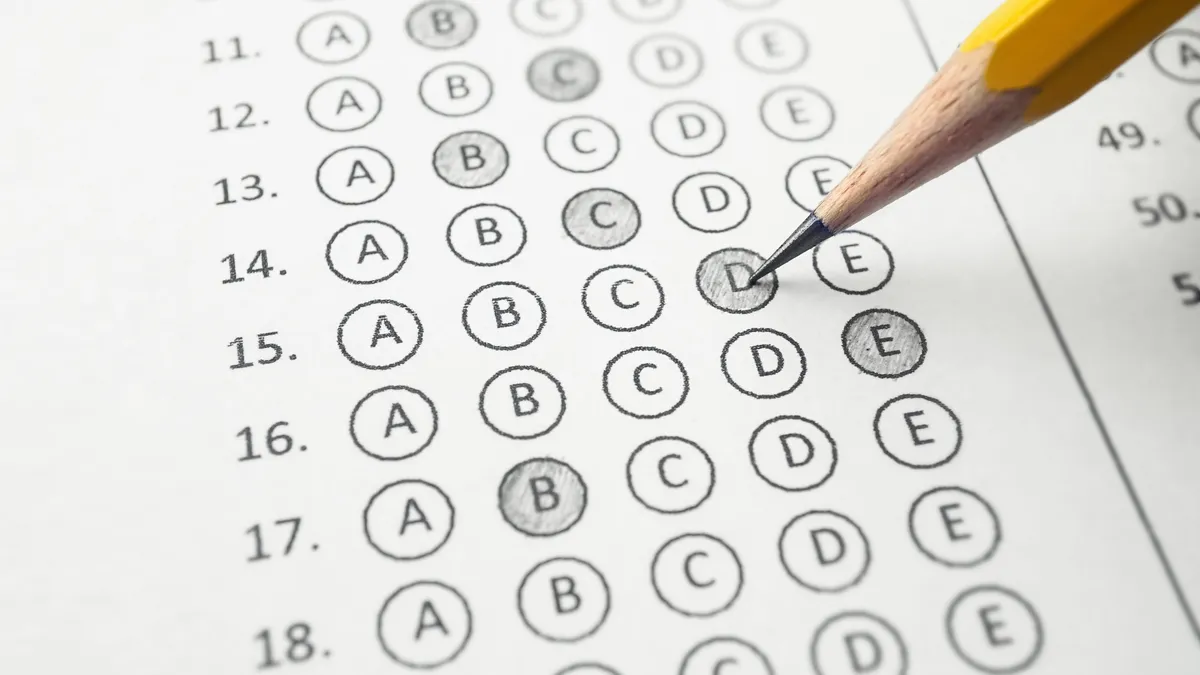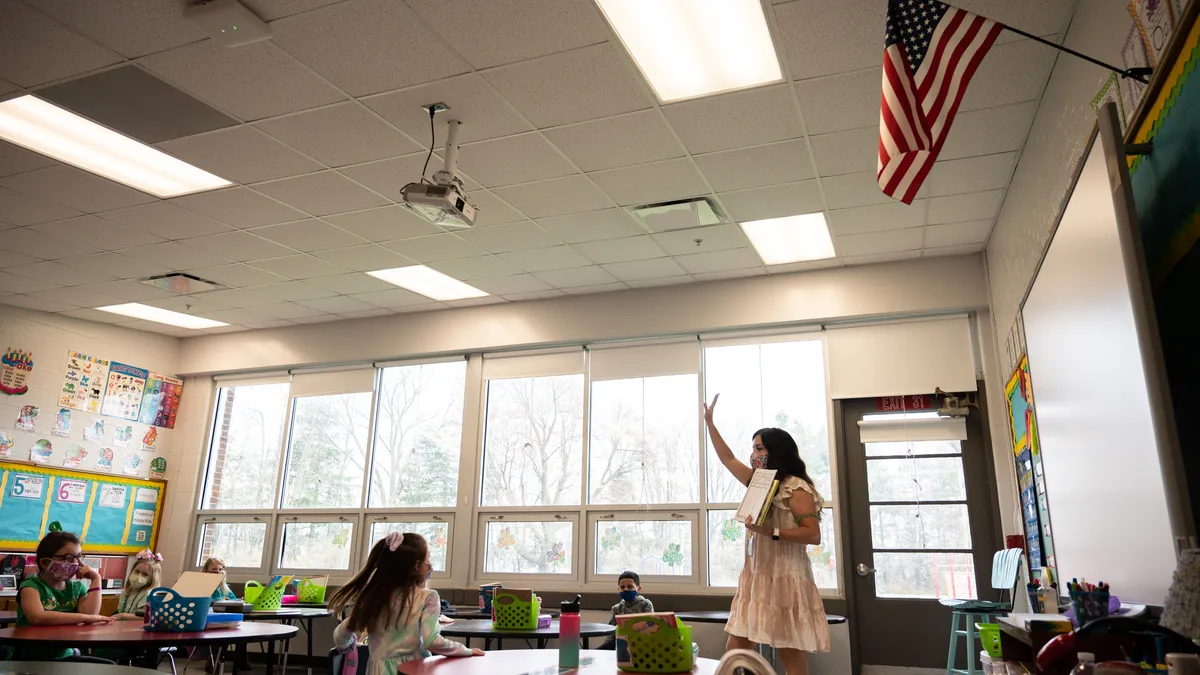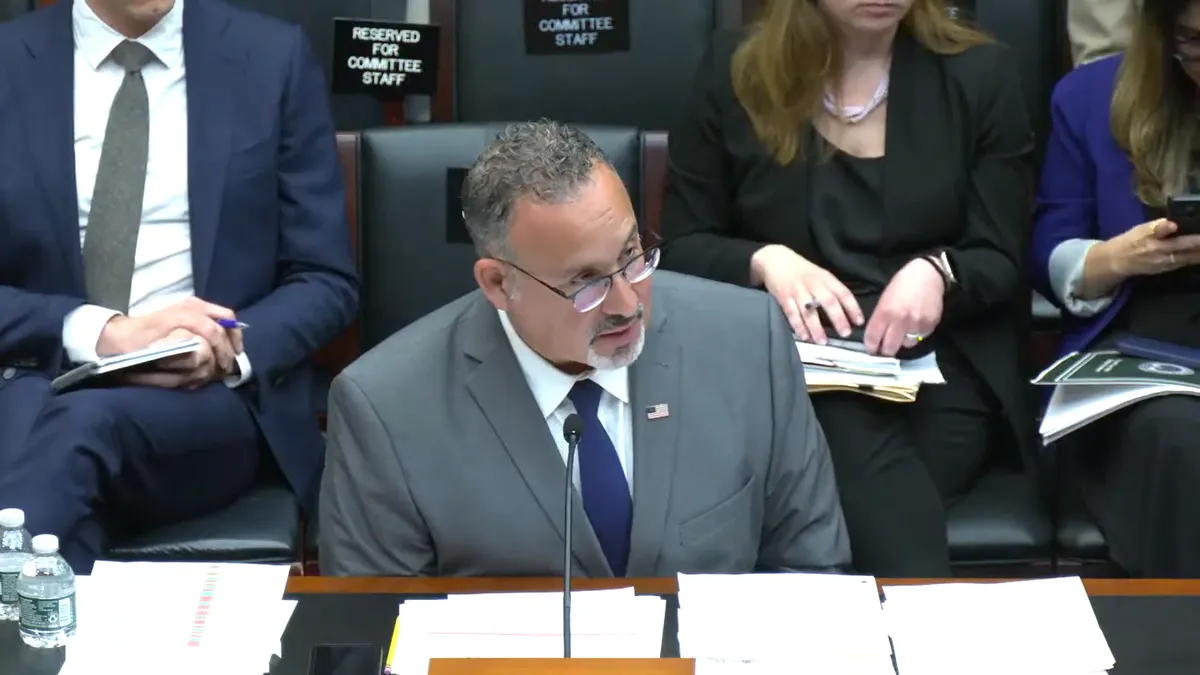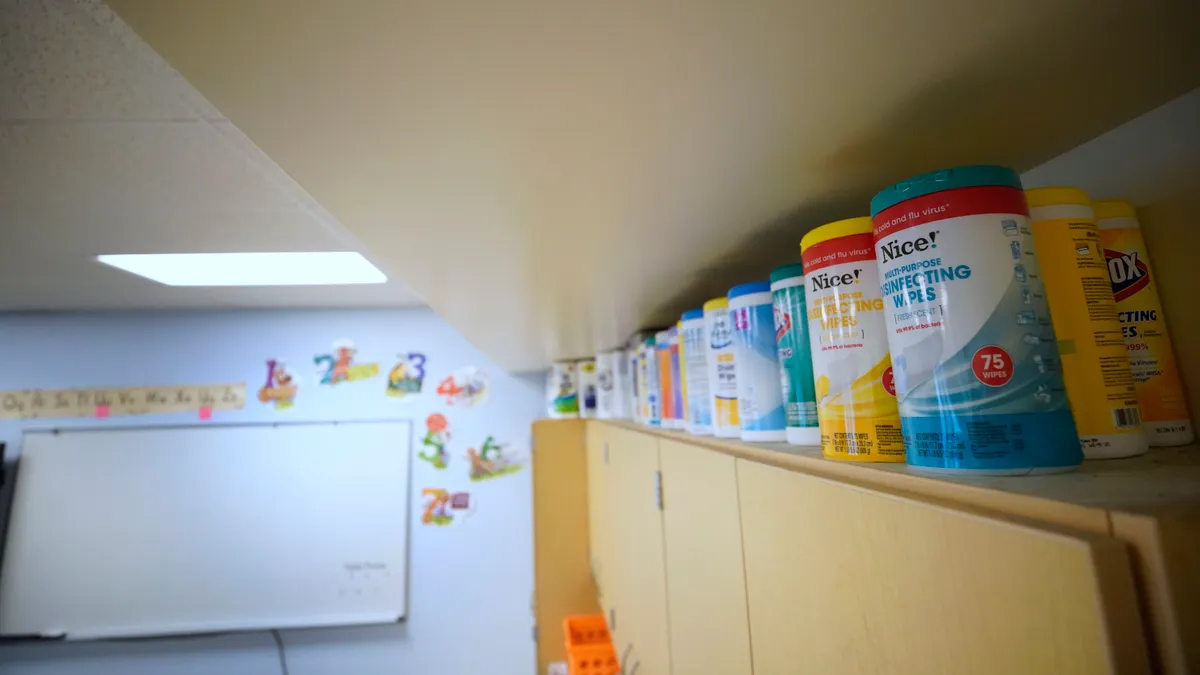More than 100 school districts nationwide are performing at or above pre-pandemic levels in math and reading, according to the latest installment of the Education Recovery Scorecard.
Released Tuesday, the report — produced by researchers at Stanford and Harvard universities — provides snapshots of what's working in these districts. But despite those success stories, its authors also found that economic and racial disparities worsened.
For instance, the highest-income districts were four times more likely than the lowest-income districts to have recovered in both math and reading.
Even so, researchers found several cases where higher-poverty districts saw significant recovery in both subjects. For example, both Texas’ Ector County Independent School District and California’s Compton Unified School District were among those showing "exemplary progress."
But often — and particularly in high-poverty districts — widespread chronic absenteeism is hindering academic recovery, the researchers said. Though the complete impact of ongoing attendance challenges remains unclear.
The researchers also pointed to the impact of the federal government’s historic influx of pandemic aid, saying it prevented even larger learning losses in higher-poverty school districts.
The Education Recovery Scorecard builds upon the recent data released by the National Assessment of Educational Progress. While NAEP focuses on progress at the state level and in 26 large urban districts, the scorecard digs deeper into performance and trends in over 8,000 districts nationwide by aligning the NAEP results with annual statewide testing data.
Here are key high-level figures that stand out in the latest installment of the Education Recovery Scorecard.











































